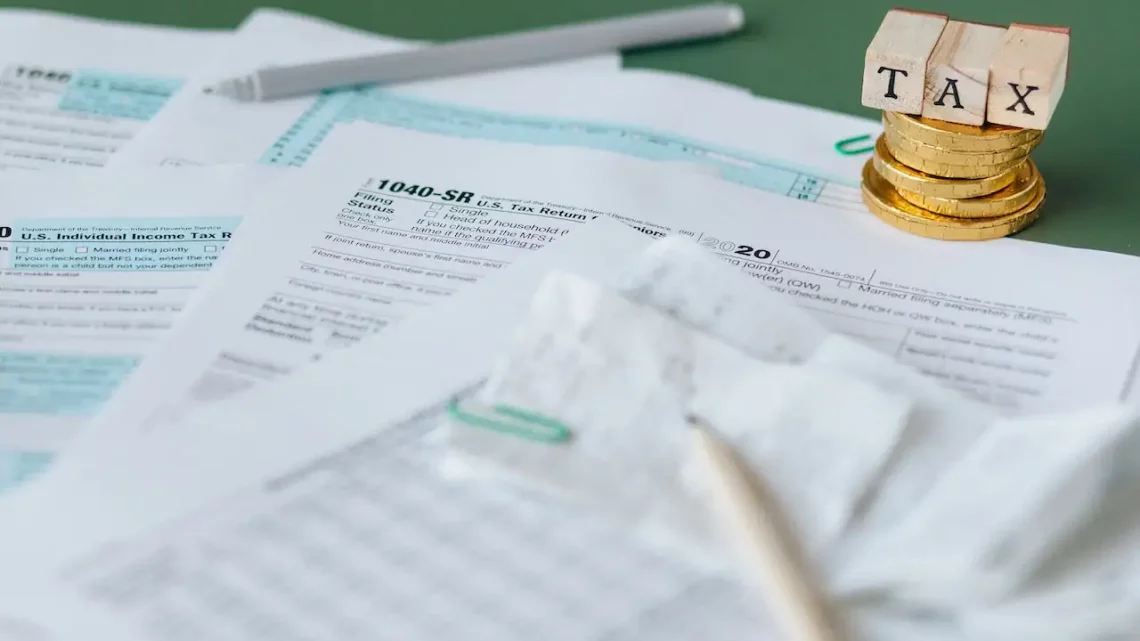
Self-Employment Tax Deductions and Credits: What You Need to Know
August 17, 2023This article will provide you with a comprehensive understanding of self-employment tax deductions and credits. Whether you are self-employed or considering venturing into self-employment, it’s important to be aware of the tax implications and opportunities that can help reduce your tax liability. By taking advantage of available deductions and credits, you can optimize your tax return and maximize your overall financial savings. In this article, we will explore various deductions and credits that are available to self-employed individuals, how to calculate self-employment tax, and the changes in self-employment tax rules for 2021 and 2022.
What is Self-Employment Tax and Who Needs to Pay It?
Understanding self-employment tax is the first step in managing your tax obligations as a self-employed individual. Self-employment tax is a system in which self-employed individuals are responsible for paying both the employer and employee portions of Social Security and Medicare taxes. While employed individuals generally have these taxes withheld from their paychecks, self-employed individuals must calculate and pay these taxes on their own.
Self-employment tax is applicable to individuals who earn income through self-employment activities such as running a sole proprietorship, being an independent contractor, or operating a partnership. If your net earnings from self-employment exceed a certain threshold, you are required to pay self-employment tax.
Calculating self-employment tax can be done by multiplying your net self-employment income by the self-employment tax rate. The self-employment tax rate is currently 15.3%, which is divided into two components: 12.4% for Social Security tax and 2.9% for Medicare tax. The Social Security tax is imposed only on the first $142,800 of net earnings, while the Medicare tax applies to all net earnings. It’s important to note that self-employment tax is in addition to your regular income tax obligations.
What Deductions are Available for Self-Employed Individuals?
Self-employed individuals can take advantage of various deductions to reduce their taxable income. Deductions are expenses that can be subtracted from your self-employment income, resulting in a lower overall tax liability. It’s important to keep detailed records of your business expenses and consult with a tax professional or use tax software like TurboTax to ensure that you are claiming all eligible deductions.
One common deduction for self-employed individuals is the home office deduction. If you have a dedicated space in your home that is used exclusively for your business, you may be able to deduct a portion of your home expenses such as rent, mortgage interest, utilities, and insurance. The amount you can deduct for your home office is based on the percentage of your home that is used for business purposes.
Self-employed individuals also have the opportunity to deduct health insurance premiums. If you pay for your own health insurance, you may be able to deduct the premiums as a business expense. However, there are specific requirements and limitations for claiming this deduction, so it’s important to consult with a tax professional to ensure eligibility.
What Tax Credits Can Self-Employed Individuals Claim?
In addition to deductions, self-employed individuals can also claim tax credits to further reduce their tax liability. Tax credits directly reduce the amount of tax you owe, providing a dollar-for-dollar reduction in your tax bill. Understanding the available tax credits can help you maximize your savings and potentially receive a refund.
A notable tax credit available to self-employed individuals is the Family Leave Credit. This credit provides a percentage of your income for up to 12 weeks of family leave taken for specified reasons. The credit is calculated based on a percentage of your average daily self-employment income and is subject to certain limitations and eligibility requirements.
Self-employed individuals may also be eligible for credits for sick and paid leave. These credits were introduced as part of the COVID-19 relief measures to support self-employed individuals who needed to take time off due to the pandemic. By claiming these credits, you can offset the costs associated with taking sick leave or paid time off.
How to Maximize Deductions and Credits for Self-Employed Individuals?
To maximize deductions for self-employed individuals, it’s important to keep meticulous records of all business-related expenses. Properly documenting and categorizing your expenses can ensure that you claim all eligible deductions and minimize the risk of an IRS audit. Additionally, using accounting software or consulting with a tax professional can help you identify potential deductions that you may have overlooked.
When it comes to maximizing tax credits for the self-employed, it’s essential to stay informed about changes in tax laws and regulations. The IRS often introduces new credits or modifies existing ones to accommodate evolving economic circumstances. By staying up to date with the latest information from the IRS and consulting with a tax professional, you can identify and claim all available tax credits to maximize your overall tax savings.
One specific tax credit that self-employed individuals should be aware of is the Employee Retention Credit. Introduced in response to the COVID-19 pandemic, this credit is designed to support businesses, including self-employed individuals, who retained their employees during the crisis. By assessing your eligibility and understanding the requirements, you can determine if you qualify for this valuable credit.
What are the Changes in Self-Employment Tax Rules for 2021 and 2022?
As the tax landscape continues to evolve, it’s important to stay informed about the changes in self-employment tax rules. For the year 2021, notable updates include changes to the Social Security tax wage base. The wage base limit increased to $142,800, meaning that the Social Security tax is no longer applicable to earnings above this threshold.
Looking forward to 2022, further changes in self-employment tax are expected. These changes may include adjustments to tax rates, wage base limits, and other key factors that determine self-employment tax liability. Staying informed about these changes will enable you to plan your finances and adjust your tax strategies accordingly.
Recent modifications to self-employment tax rules include various relief measures introduced to alleviate the financial burden faced by self-employed individuals during the COVID-19 pandemic. These measures aimed to provide tax relief and support economic recovery. It’s important to understand and take advantage of these relief provisions to minimize your tax liability and optimize your financial situation.
This article has provided an overview of self-employment tax deductions and credits, including what self-employment tax is, who needs to pay it, how to calculate it, and various deductions and credits available to self-employed individuals. By understanding these concepts and staying informed about changes in tax rules, you can effectively manage your tax obligations and optimize your financial situation as a self-employed individual.
It’s important to note that this article provides general information and should not be considered as professional tax advice. Each individual’s tax situation may vary, and it’s recommended to consult with a qualified tax professional or use tax software to ensure accurate and appropriate tax planning.


